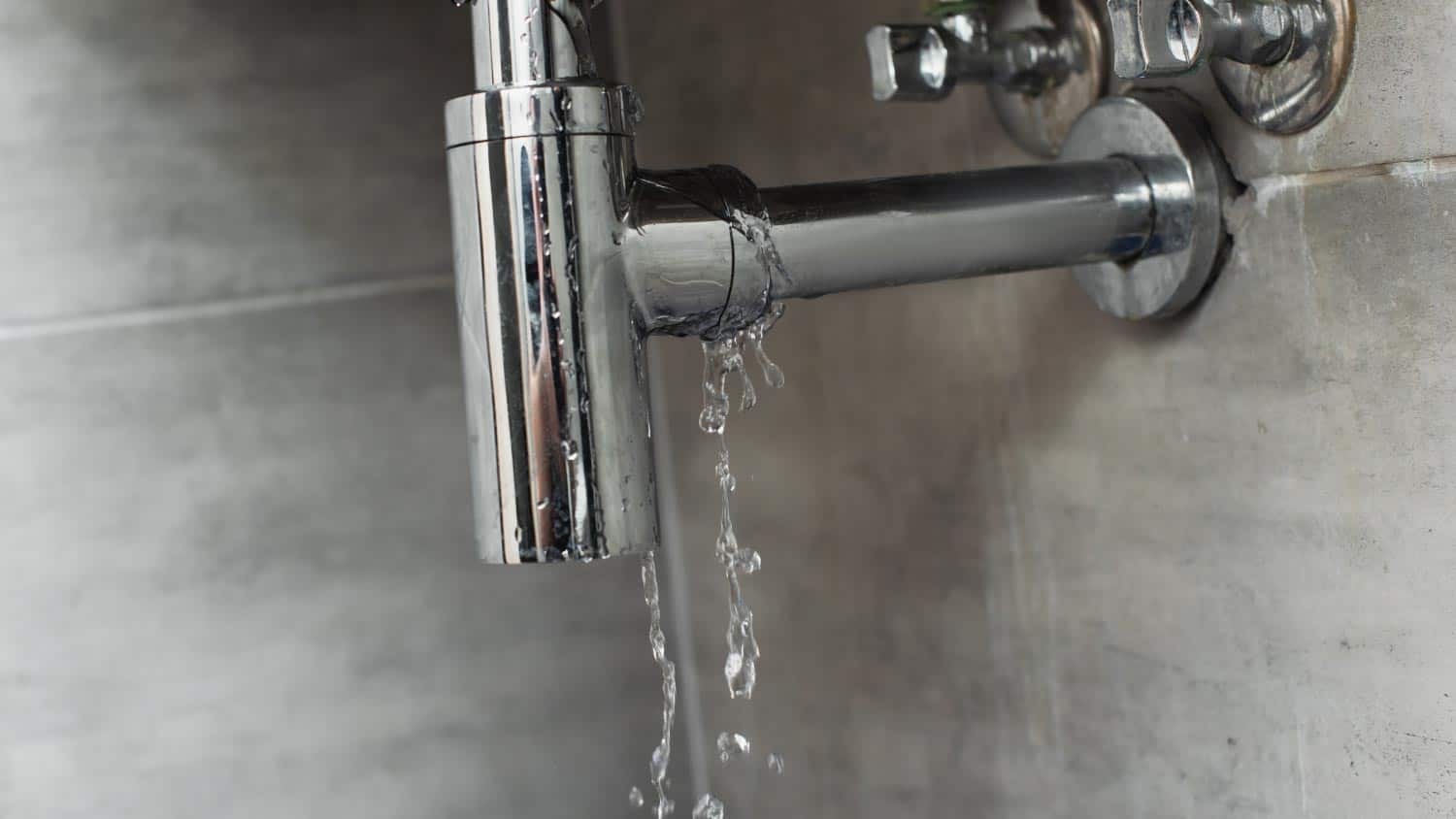Guide To Water Leak Detection In The House
Guide To Water Leak Detection In The House
Blog Article
This great article which follows relating to Finding hidden leaks is incredibly remarkable. Give it a try and make your own results.

Early discovery of leaking water lines can reduce a possible calamity. Some tiny water leakages may not be visible.
1. Examine the Water Meter
Every home has a water meter. Examining it is a surefire manner in which helps you uncover leakages. For starters, turn off all the water resources. Ensure nobody will certainly flush, use the tap, shower, run the cleaning equipment or dishwashing machine. From there, most likely to the meter and watch if it will certainly alter. Because no one is using it, there need to be no activities. If it moves, that indicates a fast-moving leak. Also, if you find no changes, wait a hr or more and inspect back once again. This suggests you may have a slow leakage that could also be underground.
2. Examine Water Intake
If you find abrupt adjustments, despite your consumption being the very same, it suggests that you have leakages in your plumbing system. An abrupt spike in your bill indicates a fast-moving leak.
On the other hand, a consistent boost on a monthly basis, despite having the exact same routines, reveals you have a slow-moving leakage that's likewise slowly escalating. Call a plumber to completely check your home, particularly if you feel a cozy location on your floor with piping underneath.
3. Do a Food Coloring Examination
When it comes to water consumption, 30% comes from commodes. If the color in some way infiltrates your bowl during that time without flushing, there's a leakage between the storage tank and dish.
4. Asses Exterior Lines
Don't fail to remember to examine your outdoor water lines too. Must water permeate out of the connection, you have a loose rubber gasket. One little leakage can squander bunches of water and surge your water expense.
5. Inspect and Examine the Scenario
Homeowners ought to make it a routine to examine under the sink counters and even inside cabinets for any type of bad odor or mold and mildew development. These 2 red flags indicate a leak so timely interest is needed. Doing regular assessments, also bi-annually, can conserve you from a significant problem.
Much more significantly, if you understand your house is currently old, maintain a watchful eye on your heating systems, tubes, pipelines and so on. Look for stainings and also damaging as the majority of pipelines and also devices have a life expectancy. They will also naturally deteriorate as a result of tear and use. If you presume leaking water lines in your plumbing system, don't wait on it to escalate. Call a professional plumber immediately so you don't wind up with a horrible mess in your house.
Early discovery of dripping water lines can alleviate a prospective disaster. Some little water leakages may not be noticeable. Examining it is a guaranteed way that aids you uncover leaks. One tiny leakage can lose lots of water and increase your water costs.
If you suspect dripping water lines in your plumbing system, do not wait for it to escalate.
WARNING SIGNS OF WATER LEAKAGE BEHIND THE WALL
PERSISTENT MUSTY ODORS
As water slowly drips from a leaky pipe inside the wall, flooring and sheetrock stay damp and develop an odor similar to wet cardboard. It generates a musty smell that can help you find hidden leaks.
MOLD IN UNUSUAL AREAS
Mold usually grows in wet areas like kitchens, baths and laundry rooms. If you spot the stuff on walls or baseboards in other rooms of the house, it’s a good indicator of undetected water leaks.
STAINS THAT GROW
When mold thrives around a leaky pipe, it sometimes takes hold on the inside surface of the affected wall. A growing stain on otherwise clean sheetrock is often your sign of a hidden plumbing problem.
PEELING OR BUBBLING WALLPAPER / PAINT
This clue is easy to miss in rooms that don’t get much use. When you see wallpaper separating along seams or paint bubbling or flaking off the wall, blame sheetrock that stays wet because of an undetected leak.
BUCKLED CEILINGS AND STAINED FLOORS
If ceilings or floors in bathrooms, kitchens or laundry areas develop structural problems, don’t rule out constant damp inside the walls. Wet sheetrock can affect adjacent framing, flooring and ceilings.
https://www.servicemasterbyzaba.com/blog/how-to-detect-water-leakage-in-walls/

Hopefully you liked our piece on Leaking water lines. Thank you so much for taking the time to read our blog post. Kindly set aside a second to promote this blog post if you enjoyed it. Thanks for your time. Visit us again soon.
Report this page